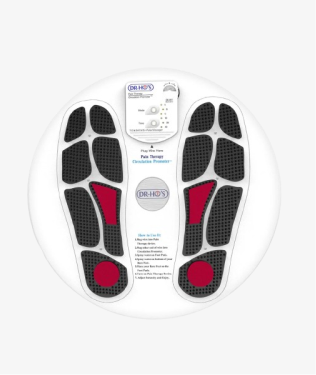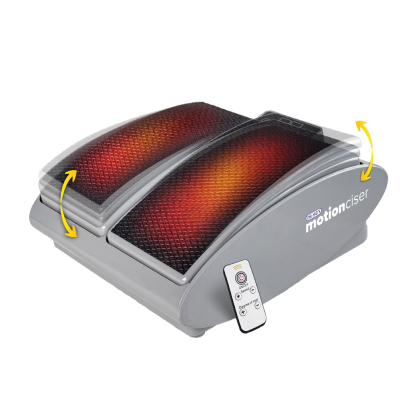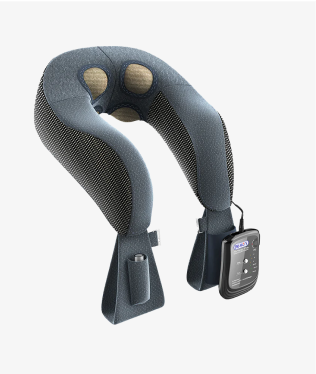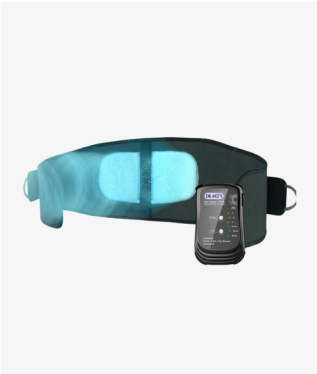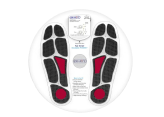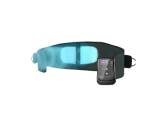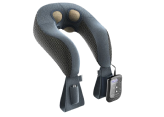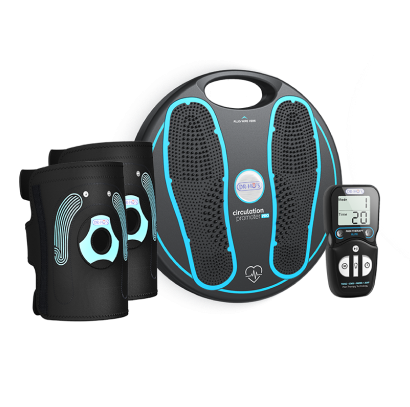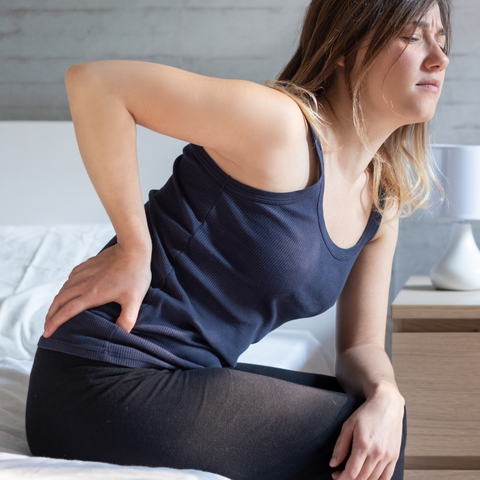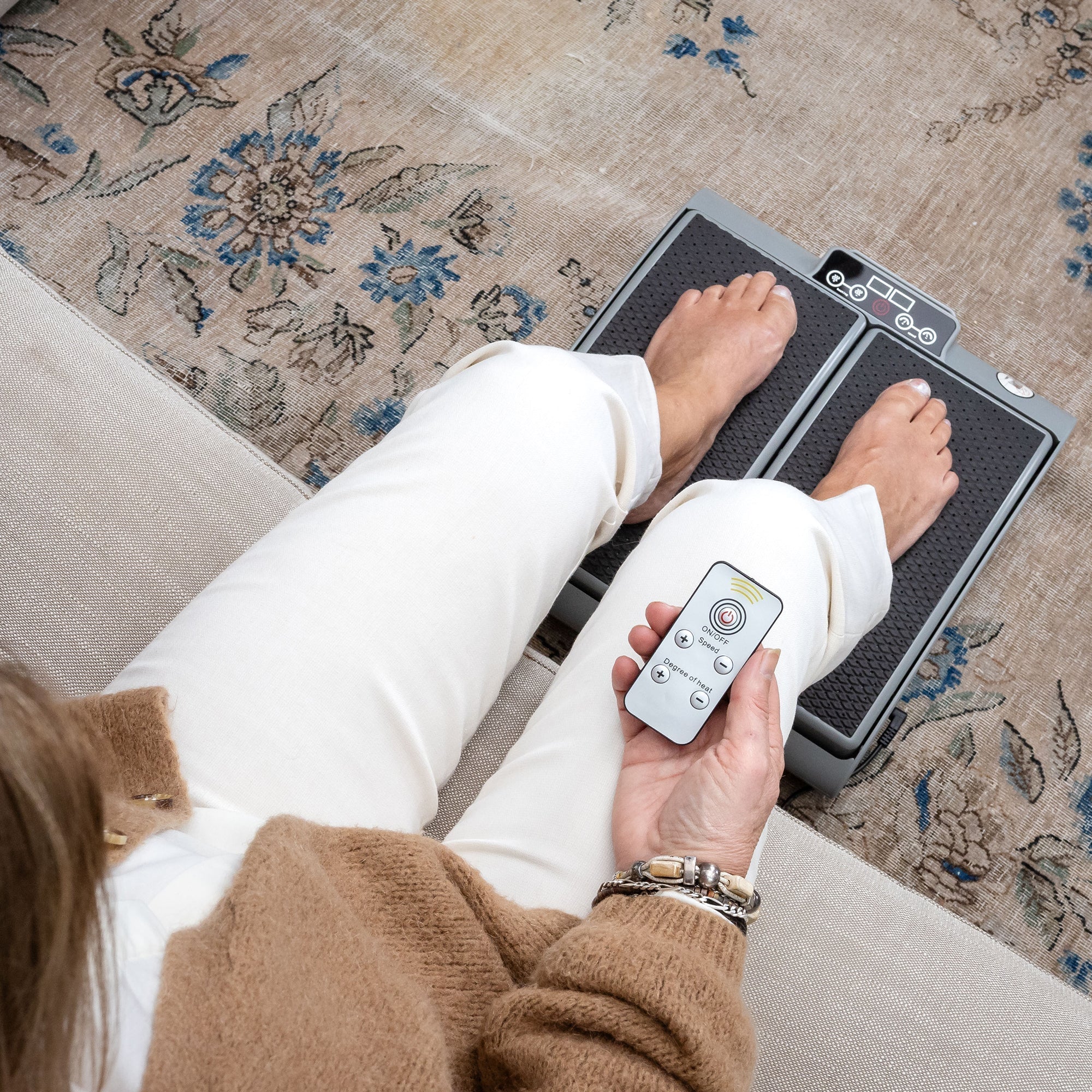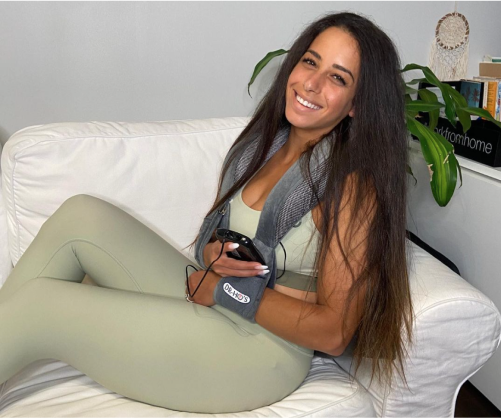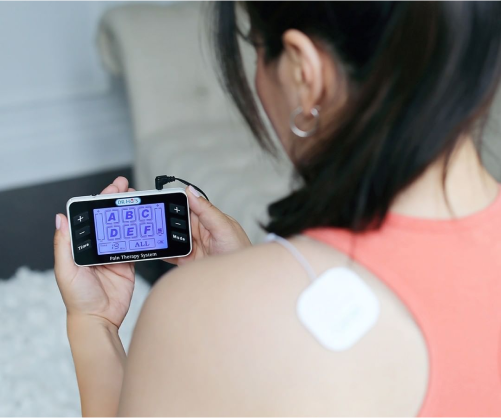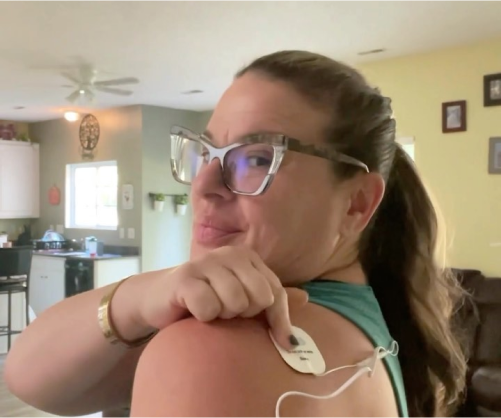Hip, Knee & Ankle Pain in the Joints
Let’s talk about lower limb pain — joint pain in particular. Where does it come from and what steps can you take to prevent and manage it? While prescription medications and medical procedures are often a necessary step in addressing joint pain, there are other natural, alternative methods that joint pain sufferers can try to manage their pain comfortably from home. Continue reading to find answers to the questions you have about hip, knee and ankle joint pain and more.

What causes joint pain?
Joint pain can be a mild, minor nuisance in one’s life, or it can be severely painful and restrictive, impacting one’s daily routine and lifestyle. Joint pain in the lower limbs specifically including the hips, knees or ankles can make it difficult to move, work, run errands or do the activities you enjoy. Regardless of the severity of your discomfort, joint pain should not be ignored.
Joint pain can derive from an injury or an underlying condition such as common types of arthritis. Age, obesity and previous injuries are also risk factors for the development of joint pain. Luckily, arthritis can be effectively managed from home, and it doesn’t have to get in the way of your desired lifestyle.

Arthritis
Arthritis in particular is the inflammation and swelling of the joints. This alone can cause pain and discomfort, but it can also cause stiffness in the joints that restricts motion. There are actually more than a hundred types of arthritis, but the two most common types are the following:

Arthritis and other underlying conditions can be associated with your hip, knee or ankle pain; see a qualified healthcare practitioner for diagnosis.
Now that you know more about joint pain and common causes, continue reading to find tips and advice on how you can manage this pain comfortably from home. While medications and surgeries can be effective, they are not your only options for pain relief. We’ve outlined some alternative ways for sufferers to find hip, knee or ankle joint pain relief on their own.
Stretching & Exercise
When you’re in pain, stretching or exercising may be the last thing you want to do. But refraining from movement may actually be making your pain worse by encouraging stiffness and preventing blood circulation. Staying mobile can help you improve your flexibility and range of motion while dealing with hip, knee or ankle pain, and strengthening the lower limb muscles through exercise can reduce the stress on your joints over time. To ensure that you’re engaging in movement safely, follow these tips:
1. Start with gentle movement: Ease yourself into exercise with a warmup. We recommend starting with a full-body stretch before going into strengthening or aerobic exercises.
2. Keep the impact low: Try low-impact exercises with the help of stationary equipment such as an elliptical or recumbent bicycle. Water aerobics can also help lessen physical stress on joints while you exercise.
3. Use ice post-workout: Apply ice to painful joints after exercise to prevent swelling and discomfort.
Check out our videos featuring instructional exercises for those dealing with joint pain or arthritis:
Find 5 exercises for those dealing with arthritis in the knees:
P.R.I.C.E
The acronym P.R.I.C.E is an easy way to remember five different ways to manage a flare up of joint pain at home. Let’s break it down and outline exactly what each letter in the acronym stands for:

Protection
The P.R.I.C.E protocol first starts with protection, with the intention being to prevent further injury. It’s first recommended to immobilize the area with a brace or wrap when pain strikes. For hip, knee or ankle this can include crutches, a cane or a knee or ankle brace.

Rest
The next step in the protocol is rest. Not only does this include getting high quality, restorative sleep, but it means refraining from any activities and motions that aggravate the pain. When it comes to lower limb pain in the hips, knees and ankles, this often means staying off your feet, avoiding any bending motions and avoiding the flexion of the knee or ankle.

Ice
When you’re ready to treat the pain, it’s recommended to use ice first. Cold therapy can help minimize the swelling, redness and inflammation that contributes to joint pain. Protect the skin and only apply ice for 10-15 minutes at a time.

Compression
To find some support and minimize swelling, those dealing with joint pain can use a compression wrap on the affected area. Apply a medium amount of tension when wrapping the area; you should not experience numbness or tingling. Loosen or remove the wrap before bed and reapply it in the morning.

Elevation
When it comes to inflammation and swelling, elevation is important. Raising the affected area over the heart can keep fluid from building in the area which could lead to more swelling and discomfort. Elevating the affected joint may help you find relief from inflammation and speed up the recovery time. Elevate your hip, knee or ankle joints with the help of pillows.
TIP: To combine P.R.I.C.E, you can rest with your affected joints elevated, with ice and compression applied where needed.

TENS Therapy
Last but not least, we recommend TENS therapy for those dealing with joint pain. A TENS machine can be an effective addition to your joint pain relief routine that consists of the protocols outlined in P.R.I.C.E. Learn more about how TENS works to target pain of all kinds.
What is TENS?
TENS (transcutaneous electrical nerve stimulation) therapy is delivered via a TENS device that conducts gentle electric currents through adhesive pads to the affected area to temporarily relieve pain. It can also be delivered specifically to the lower limbs to target joint pain through a device that is situated on the floor with designated foot pads that conduct the stimulation.
TENS devices are easy to use, and start working quickly to help provide temporary relief from chronic, intractable pain and pain associated with arthritis.

More information on TENS Therapy for Hip, Knee & Ankle pain
- Discover the Circulation Promoter device for pain associated with arthritis
- Discover the Pain Therapy System 4-Pad for TENS therapy that can be used anywhere on the body
- Learn more about how a TENS machine works behind-the-scenes to temporarily relieve pain
Learn how to place TENS pads on the lower limbs of the body for hip and knee joint pain:
Learn how to place TENS pads on the lower limbs of the body for ankle joint pain:
Take steps today to feel better tomorrow.
We hope that our visual guide to managing hip, knee and ankle pain in the joints helps you understand your pain better, and start feeling more like yourself sooner. Use our practical tips in your daily routine to keep pain at bay so you can do the things you love again.


